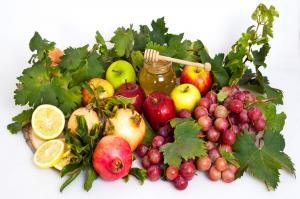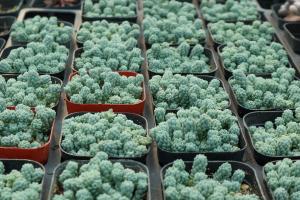Pumpkin is different from North melon. Pumpkin is a plant of violaceous Cucurbitaceae, also known as Japanese melon and papaya; Beigua is a plant of Cucurbitaceae of Cucurbitaceae, also known as winter squash and ocean melon. The difference between pumpkin and North melon is mainly reflected in the following aspects
1. Origin distribution
Pumpkin originated from Mexico to Central America. Now it is widely planted all over the world, but Asia has the largest planting area, followed by Europe and South America. Beigua originated from Bolivia, Chile and Argentina in South America and has spread all over the world. China's North melon may have been introduced from India. Now it is widely cultivated in North and South China

2. External shape
Pumpkin and North melon are actually very easy to distinguish, because their shapes are very different and completely different. The color of pumpkin is mainly divided into orange and cyan. Its shape is oblate or irregular. When it is not mature, its peel is very brittle and its meat is soft and solid. The shape of Beigua is similar to that of zucchini. It looks very long, U-shaped and curved. Its stem has translucent rough hair, tendrils have forks, and its leaves are triangular or egg shaped triangles

3. Nutritional value
Beigua is rich in cellulose, anti interferon and vitamin A, which can promote gastrointestinal peristalsis, accelerate human metabolism, improve human immune ability, and have a certain effect of protecting eyes. Pumpkin is rich in polysaccharides β- Carotene, mineral elements, amino acids and active proteins are more nutritious


 jackfruit
jackfruit snake plant
snake plant hibiscus
hibiscus hydrangea
hydrangea lavender
lavender Green roses climb al...
Green roses climb al... If you don't pay att...
If you don't pay att... Management of four g...
Management of four g...

































